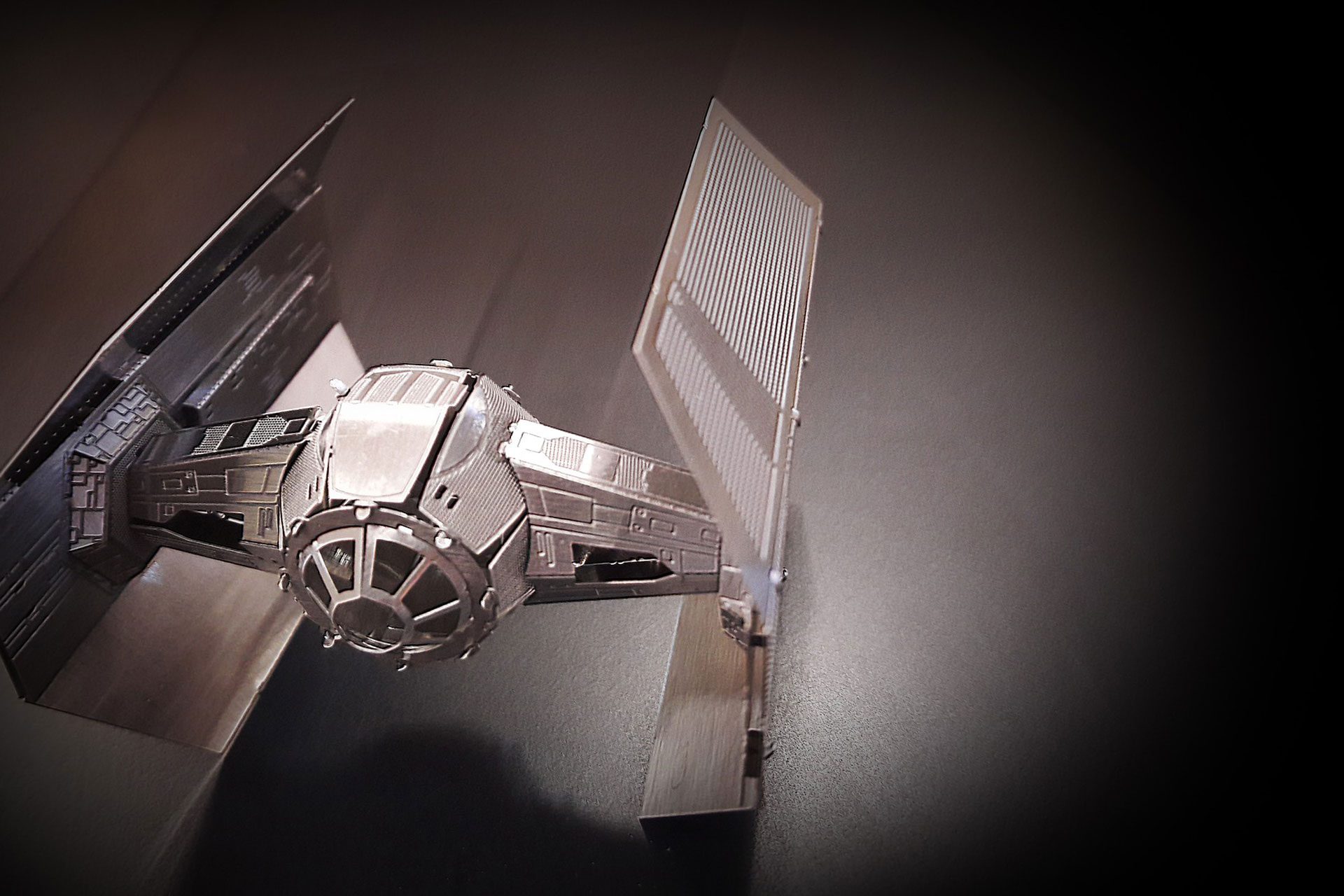Learning from Failures: Lessons from Air Power Innovators and Star Wars Heroes

The stories of air power innovators like Billy Mitchell, Glenn Curtiss, John Boyd, and Chuck Yeager are inspiring reminders that breakthroughs often occur after overcoming significant challenges and setbacks. These innovators faced numerous obstacles on their path to success, but they persevered and ultimately revolutionized the world of air power. For example, Glenn Curtiss failed to win the patent war against the Wright brothers for his aileron control system, which hindered his ability to innovate further. Yet, he remained steadfast focusing on other areas of aircraft design, which led to numerous groundbreaking innovations. Similarly, John Boyd faced resistance from the military establishment and was initially ignored, but his concept of the OODA Loop revolutionized military strategy and is still taught in military institutions today.
Likewise, the Star Wars universe is filled with examples of innovators who found success after setback. The Rebel Alliance’s success in defeating the Galactic Empire was not achieved without failure, and the characters in the franchise faced numerous obstacles on their path to victory. The Rebels’ unsuccessful attempt to attack the Death Star with Y-wing fighters led them to switch to X-wings, which later positioned then to claim the Battle of Yavin. Similarly, the Empire’s unsuccessful use of the AT-AT walkers on Hoth led to their defeat, but it also demonstrated the need for a more versatile ground assault vehicle, leading to the development of the AT-ST.
The design flaw in the Death Star’s exhaust port, which allowed Luke Skywalker to destroy the massive space station, was a costly failure for the Empire. This reminder for the Rebels on the importance of identifying weaknesses in their own defenses enabled them to capitalize on this knowledge to achieve victory. The development of the T-65 X-wing fighter was hindered by technical challenges that included problems with the fighter’s targeting computer and its engines. However, the persistence and ingenuity of the Rebels allowed them to overcome these obstacles and ultimately triumph at the Battle of Yavin. Other examples of Star Wars innovators learning from failures include the Rebel Alliance’s failed attempt to rescue Han Solo from Jabba the Hutt, leading to a new plan involving the Sarlacc Pit, and the Empire’s failure to protect the second Death Star from the Rebel fleet, which led to their defeat.
Both the world of air power and Star Wars demonstrate the importance of perseverance and the willingness to learn from failures in achieving breakthroughs that lead to success in any endeavor.
To improve chances of success in military innovation, consider the following tips. These insights can guide organizations in developing an culture that is grounded in continuous learning and adaptation:
1. Embrace a growth mindset: Don’t let fear of failure hold you back. Instead, view failure as an opportunity to learn and improve. After all, as any good pilot will tell you, you learn the most from your mistakes.
2. Foster a culture of experimentation: Encourage your team to take risks and try new things. Create an environment where failure is not only accepted but celebrated as a necessary step in the innovation process. After all, it’s better to crash and burn in a controlled setting than to do so in the field.
3. Balance speed and quality: While speed is important in the military, it’s not the only factor to consider. Take a balanced approach to innovation, focusing on both speed and quality. As they say in the Air Force, “slow is smooth, and smooth is fast.”
4. Set clear goals: Before starting any innovation project, set clear goals and objectives. This will help keep everyone on the same page and working towards a common goal.
5. Measure progress: Keep track of your progress along the way to ensure that the project is on track and meeting the established goals. This will help identify potential problems early on and make adjustments as needed.
6. Conduct post-mortems: After the project is complete, conduct a post-mortem analysis to identify lessons learned. This will help you improve your process and avoid making the same mistakes in the future.
7. Encourage open communication: In the military, communication is key. Encourage open and honest communication among team members to ensure that everyone is on the same page and that potential issues are addressed in a timely manner.
8. Keep the end-user in mind: Whether you’re developing new technology or improving existing processes, always keep the end-user in mind. This means understanding their needs and incorporating their feedback into the project as it progresses.
9. Learn from mistakes: Finally, don’t be afraid to make mistakes. Use those lessons to inform future innovation projects and continuously improve over time. As they say in the Air Force, “There are old pilots and bold pilots, but there are no old, bold pilots.”
Innovation requires taking risks and trying new things, but it’s also essential to recognize when something isn’t working and take action to address the situation. The ability to recognize failure early is a crucial skill for any innovator. By following the aforementioned guidelines and embracing a strategic approach to failing fast, military innovation organizations — or anyone — can stay ahead of the curve and ensure mission success. After all, as any good Airman knows, “failure is not an option…except when it is.”
If you’re not meeting goals or making progress, it may be time to re-evaluate and adjust your approach.
Just like the rebels in Star Wars who used innovative tactics to defeat the Empire, or the Air Force pilots who developed new airpower concepts like the “OODA Loop” to outmaneuver their opponents, those who embrace a culture of innovation and take risks will be better equipped to face the challenges of today and tomorrow.


0 Comments